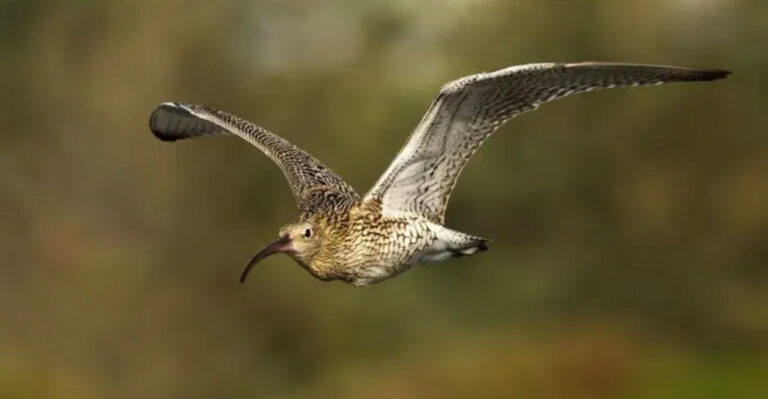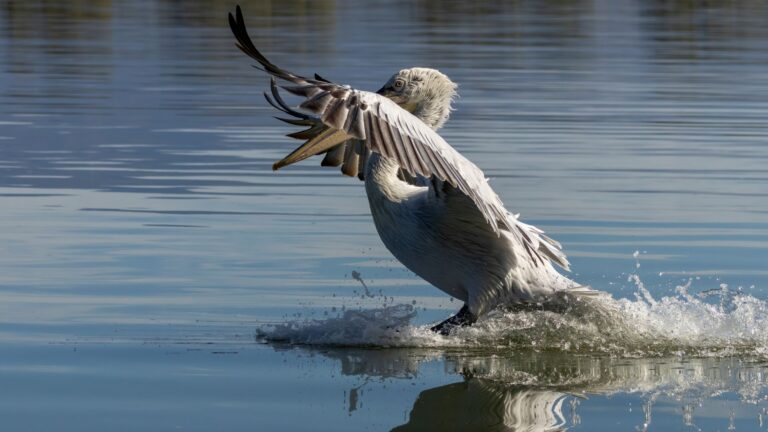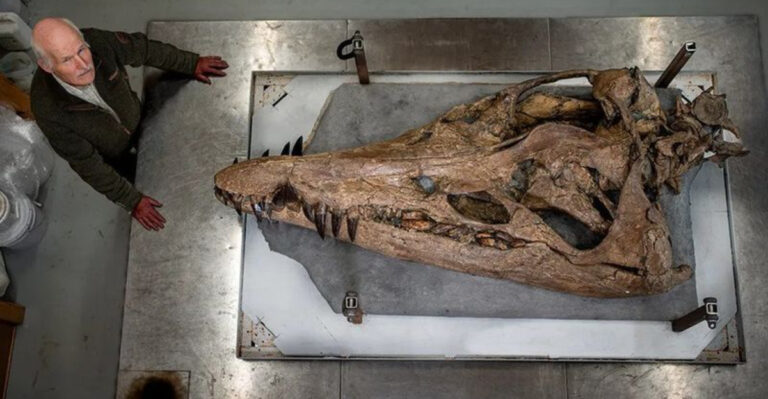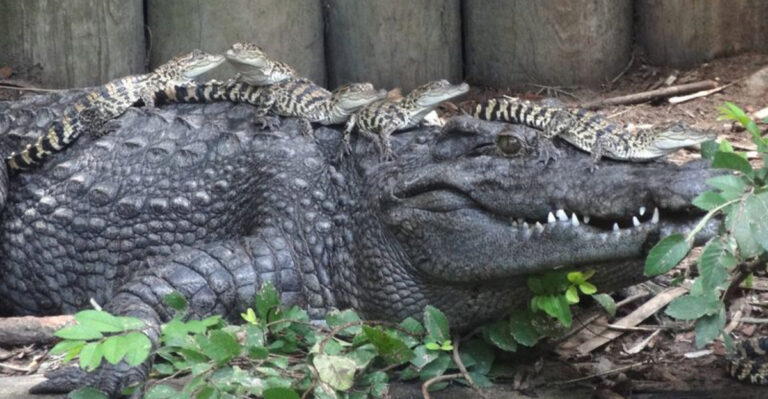Top 15 Endangered Species Fighting For Survival Right Now
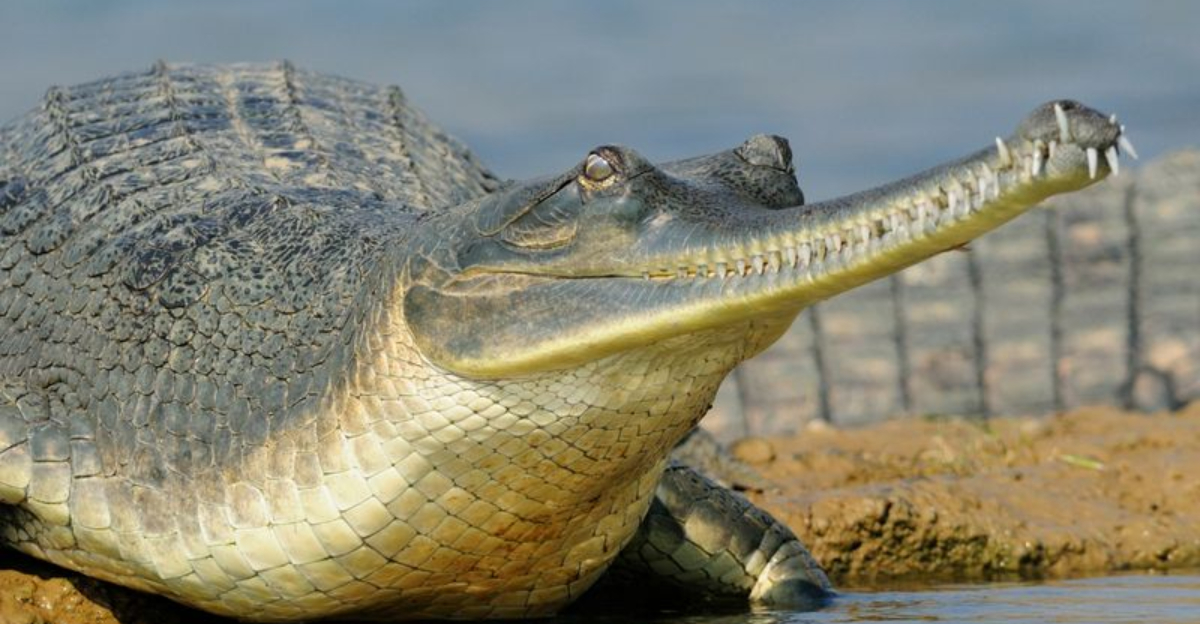
Our planet’s biodiversity faces an unprecedented crisis as countless species teeter on the brink of extinction. From the depths of the ocean to remote mountain peaks, these remarkable creatures are battling against habitat loss, climate change, poaching, and pollution.
Let’s meet incredible endangered species whose survival hangs in the balance – living treasures we might lose forever without urgent conservation action.
1. Amur Leopard – The Ghost Cat Of Siberia
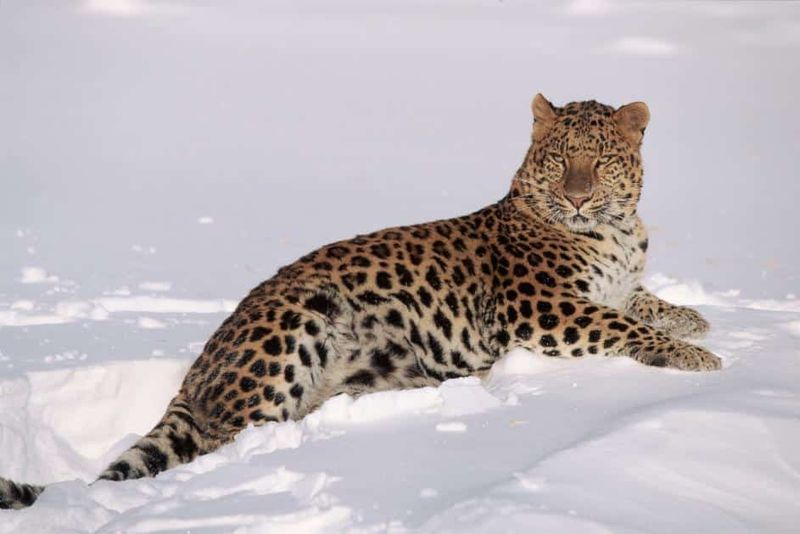
With fewer than 100 individuals remaining in the wild, the Amur leopard holds the unwanted title of world’s rarest big cat. Their stunning spotted coats, which once protected them in snowy forests, now make them targets for poachers.
These solitary hunters roam Russia’s far eastern wilderness, where they can leap up to 19 feet horizontally and run at speeds reaching 37 mph. Their incredible adaptations to extreme cold can’t protect them from their greatest threat – humans.
2. Vaquita – The Miniature Porpoise Vanishing Before Our Eyes

Discovered only in 1958, the vaquita might disappear before most people even learn it exists. Fewer than 10 of these tiny porpoises remain in Mexico’s Gulf of California, victims of illegal fishing nets meant for another species.
Recognizable by their dark eye patches and lips that seem to smile, these 5-foot marine mammals are the smallest and most endangered cetaceans on Earth. Scientists race against time as this unique species slips toward extinction despite international protection efforts.
3. Javan Rhino – The Phantom Forest Giant
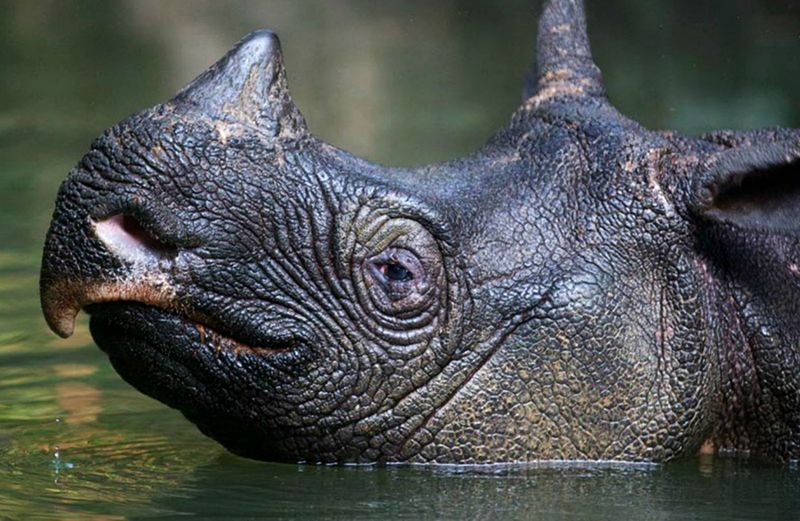
The Javan rhino moves like a shadow through Indonesia’s dense rainforests, with only about 75 individuals surviving in a single national park. Unlike their African cousins, these rhinos have a single horn and folded skin that resembles armor plating.
Secretive and rarely photographed, they leave behind footprints, dung piles, and broken branches as the only evidence of their presence. Their extinction would mean losing a species that has walked Earth for millions of years, outlasting countless other creatures including dinosaurs.
4. Saola – The Asian Unicorn
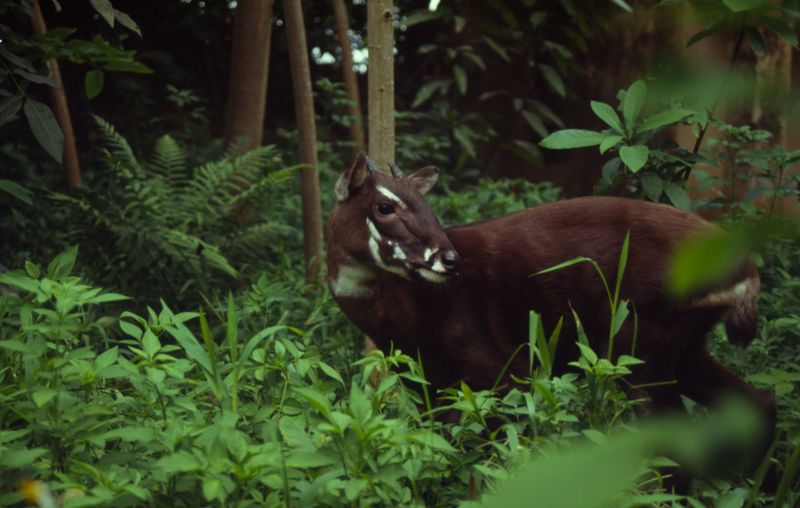
First discovered in 1992, the saola remains one of zoology’s greatest mysteries. This elegant hoofed mammal from Vietnam and Laos is so elusive that scientists have never studied a live one in the wild.
With distinctive white facial markings and long, parallel horns that can reach 20 inches, saolas resemble no other animal on Earth. Camera traps occasionally capture ghostly images of these forest dwellers, but their population likely numbers fewer than 100 as poaching and habitat loss push them toward oblivion.
5. Yangtze Finless Porpoise – China’s Smiling River Guardian
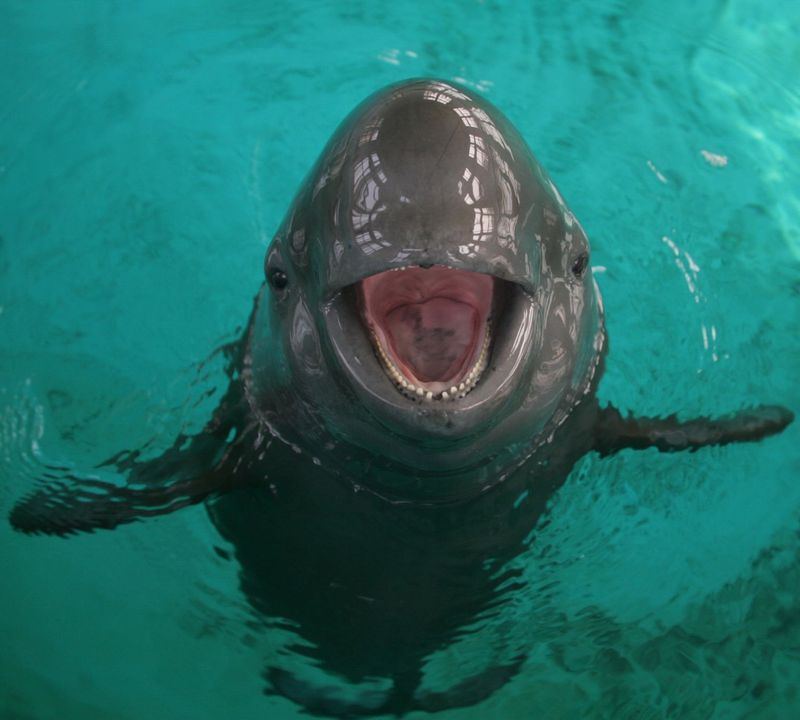
With their seemingly permanent grin and rounded foreheads, these rare aquatic mammals charm everyone who glimpses them in China’s Yangtze River. Unlike most porpoises, they lack a dorsal fin, an adaptation to their river environment.
Their intelligence rivals dolphins, yet fewer than 1,000 remain. Industrial pollution, dam construction, and heavy river traffic threaten their survival. These creatures navigate murky waters using echolocation, a skill that can’t protect them from fishing nets or propeller strikes that claim too many lives.
6. Sumatran Orangutan – The Rainforest Mathematician
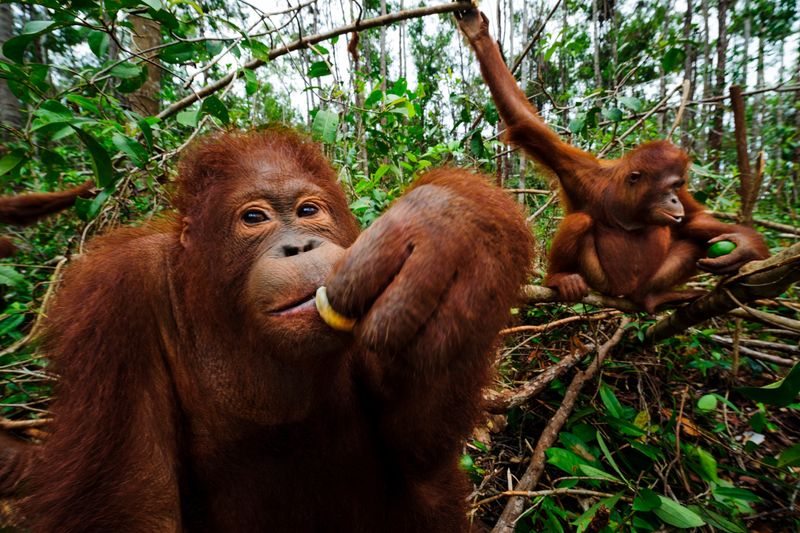
Sharing 97% of human DNA, these extraordinary red-haired apes craft complex tools, use medicinal plants, and plan for the future. Their problem-solving abilities astound researchers, yet fewer than 14,000 swing through Sumatra’s vanishing forests.
Mothers devote eight years to raising a single infant, teaching them which fruits are safe and how to build nightly sleeping nests. Palm oil plantations have replaced 80% of their habitat, forcing these arboreal geniuses into smaller and more fragmented forest patches where they struggle to find mates and food.
7. Kakapo – The Flightless Parrot That Forgot To Fear
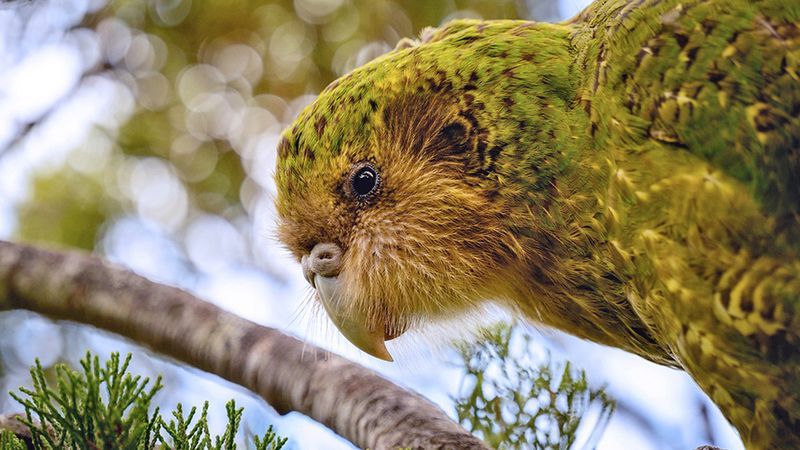
Imagine a chubby, moss-colored parrot that smells like honey, can’t fly, and is active at night. That’s the kakapo, New Zealand’s evolutionary oddity that evolved without mammalian predators and never developed proper defenses.
When humans introduced cats and stoats to New Zealand, these friendly birds became easy prey. Conservation heroes have relocated all surviving kakapo (fewer than 250) to predator-free islands. Each bird has a name, radio transmitter, and dedicated human guardians who monitor their breeding attempts in one of conservation’s most intensive recovery programs.
8. Hawksbill Sea Turtle – The Living Jewel Of Coral Reefs
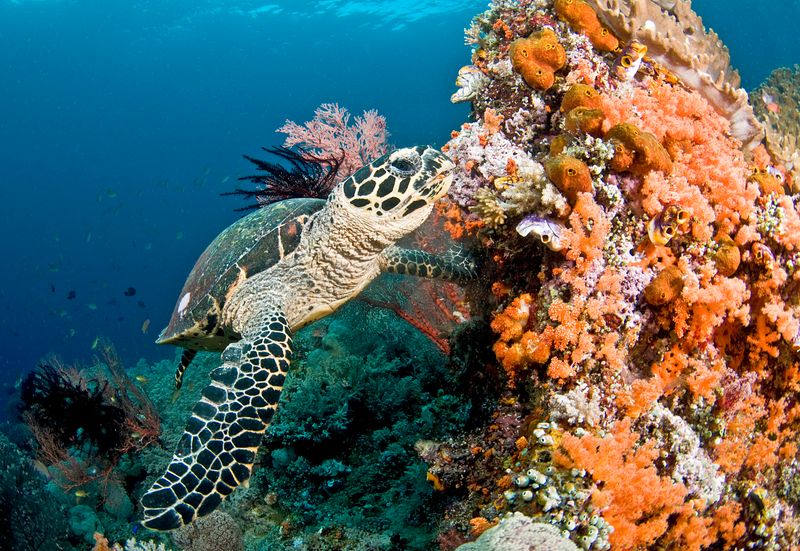
Named for their narrow, pointed beaks that resemble a hawk’s bill, these marine reptiles play crucial roles in maintaining healthy coral reefs. Their distinctive overlapping shell plates create patterns so beautiful they’ve driven the species to the brink of extinction.
Hunted for centuries for “tortoiseshell” jewelry and ornaments, hawksbills face additional threats from fishing nets, plastic pollution, and climate change. Female hawksbills return to their birth beaches to lay eggs, navigating thousands of miles using Earth’s magnetic field as a natural GPS system.
9. Cross River Gorilla – The Secretive Forest Giant

Fewer than 300 Cross River gorillas hide in the remote highlands along the Nigeria-Cameroon border. These shy primates flee at the first sign of humans, a behavior that has helped them survive intense hunting pressure but makes scientific study extremely difficult.
Males can weigh over 400 pounds and stand nearly 6 feet tall when upright. They communicate using a complex vocabulary of at least 20 different vocalizations. Despite their intimidating size, these intelligent apes eat primarily fruits and plants, living in family groups led by a dominant silverback male.
10. Pangolin – The Walking Pinecone With A Target On Its Back
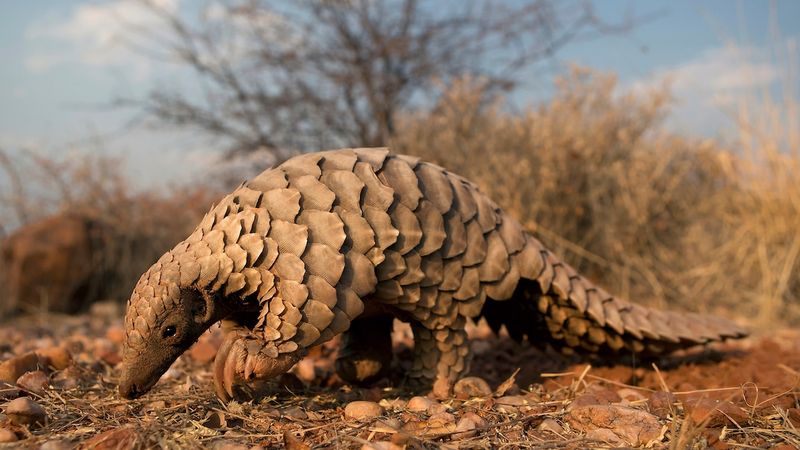
Covered in overlapping scales made of keratin (the same protein in human fingernails), pangolins look like prehistoric creatures from another era. These shy insect-eaters can consume up to 70 million ants annually using their sticky tongues that extend longer than their bodies.
When threatened, pangolins roll into tight balls that protect them from natural predators but make them easy for poachers to collect. All eight pangolin species face extinction due to illegal wildlife trafficking for their scales and meat. Tragically, they hold the unwanted title of world’s most trafficked mammal.
11. Gharial – The Fish-Catching River Dragon
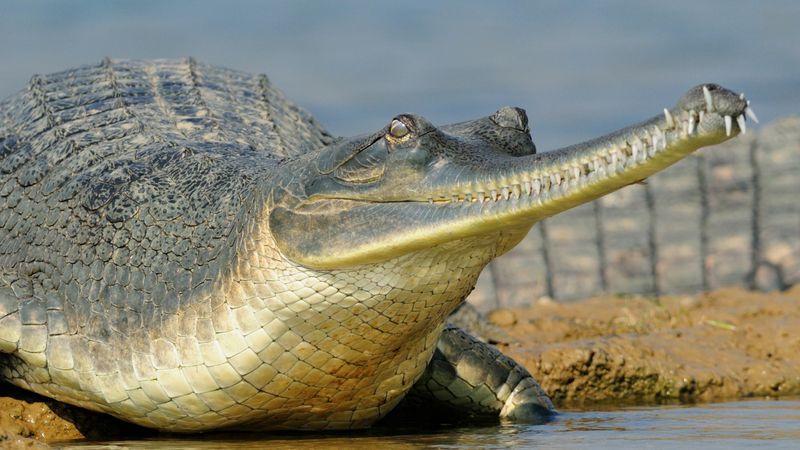
With fewer than 250 breeding adults remaining in the wild, gharials represent one of the world’s most endangered crocodilian species. Their distinctive long, narrow snouts end in a bulbous growth called a ghara in males, resembling an Indian pot that gives them their name.
Perfect for catching slippery fish, their needle-like teeth line jaws too narrow for attacking large prey or humans. Once abundant across South Asian river systems, these ancient reptiles now cling to existence in isolated pockets of India and Nepal as dams, pollution, and fishing nets destroy their habitat.
12. Northern White Rhino – The Walking Ghost
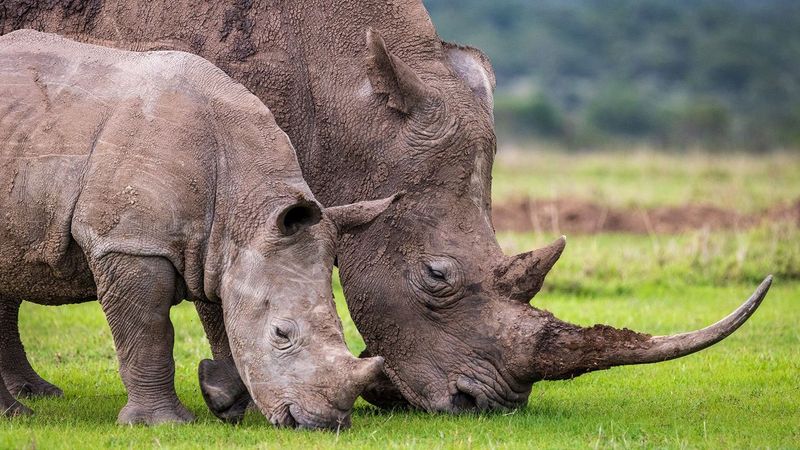
Only two northern white rhinos remain on Earth – both females living under 24-hour armed guard in Kenya. The last male, Sudan, died in 2018, functionally ending natural reproduction for a species that once roamed Central Africa in thousands.
Scientists race to develop in vitro fertilization techniques using stored sperm and surrogate southern white rhino mothers. These gentle giants can weigh over 5,000 pounds and live up to 50 years in the wild. Their extinction would represent another tragic chapter in humanity’s impact on megafauna.
13. Malayan Tiger – The Vanishing Jungle King
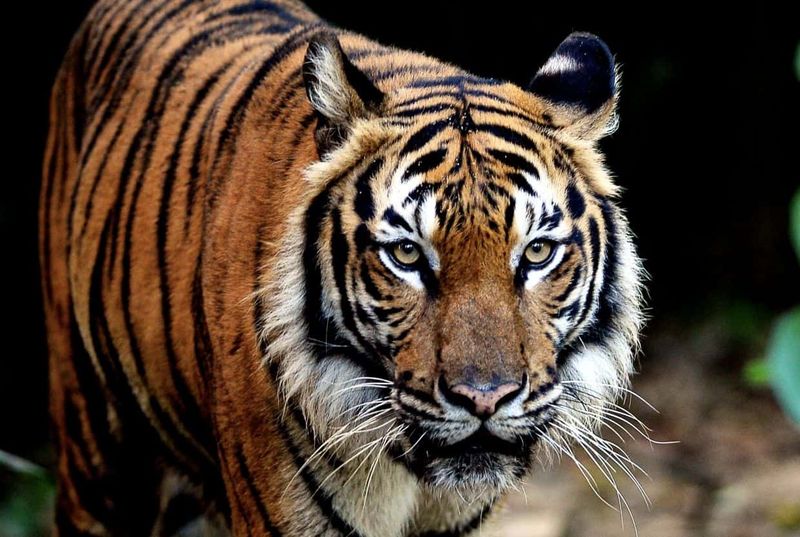
Malaysia’s national symbol faces imminent extinction with fewer than 150 individuals prowling the peninsula’s fragmented forests. Slightly smaller than their Bengal cousins, Malayan tigers weren’t recognized as a distinct subspecies until 2004 – just as their population began collapsing from poaching and habitat loss.
Their striped coats provide perfect camouflage in dappled jungle light. These apex predators maintain forest health by controlling wild pig and deer populations. Despite cultural reverence and legal protection, their parts still fetch astronomical prices in black markets for traditional medicine, driving relentless poaching.
14. Axolotl – The Smiling Salamander That Never Grows Up

With their perpetual grins and crown-like external gills, axolotls capture hearts worldwide as aquarium pets. Tragically, wild populations have nearly vanished from their native Mexican lakes due to pollution, invasive species, and urban expansion.
These remarkable amphibians never undergo metamorphosis, maintaining juvenile features throughout their 15-year lifespan. Their regenerative abilities astound scientists – axolotls can regrow entire limbs, parts of their heart, and even portions of their brain without scarring. These biological marvels face extinction in the wild while researchers study their secrets.
15. California Condor – The Phoenix Rising From Extinction’s Edge
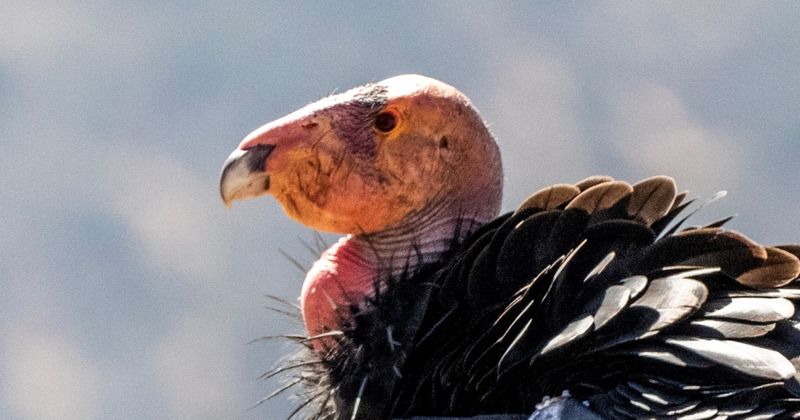
North America’s largest flying bird nearly disappeared forever when just 22 remained in 1982. An unprecedented captive breeding program brought them back from the brink, with over 300 now soaring through southwestern skies.
With 10-foot wingspans, these majestic scavengers can glide for hours without flapping, reaching 15,000-foot elevations. Lead poisoning from ammunition in animal carcasses remains their greatest threat. Though still critically endangered, California condors represent a rare conservation success story – proof that dedicated humans can reverse extinction’s tide.

